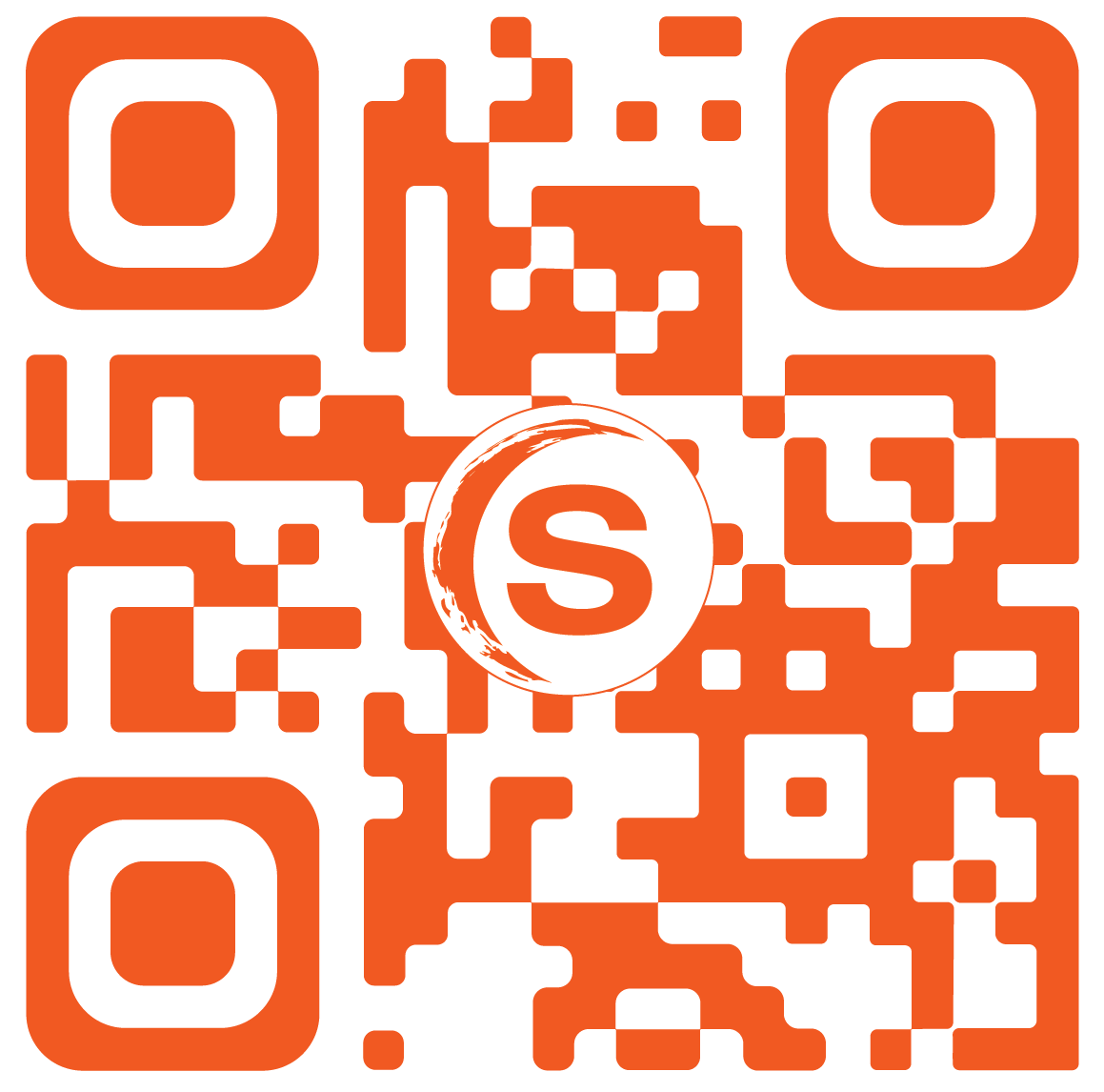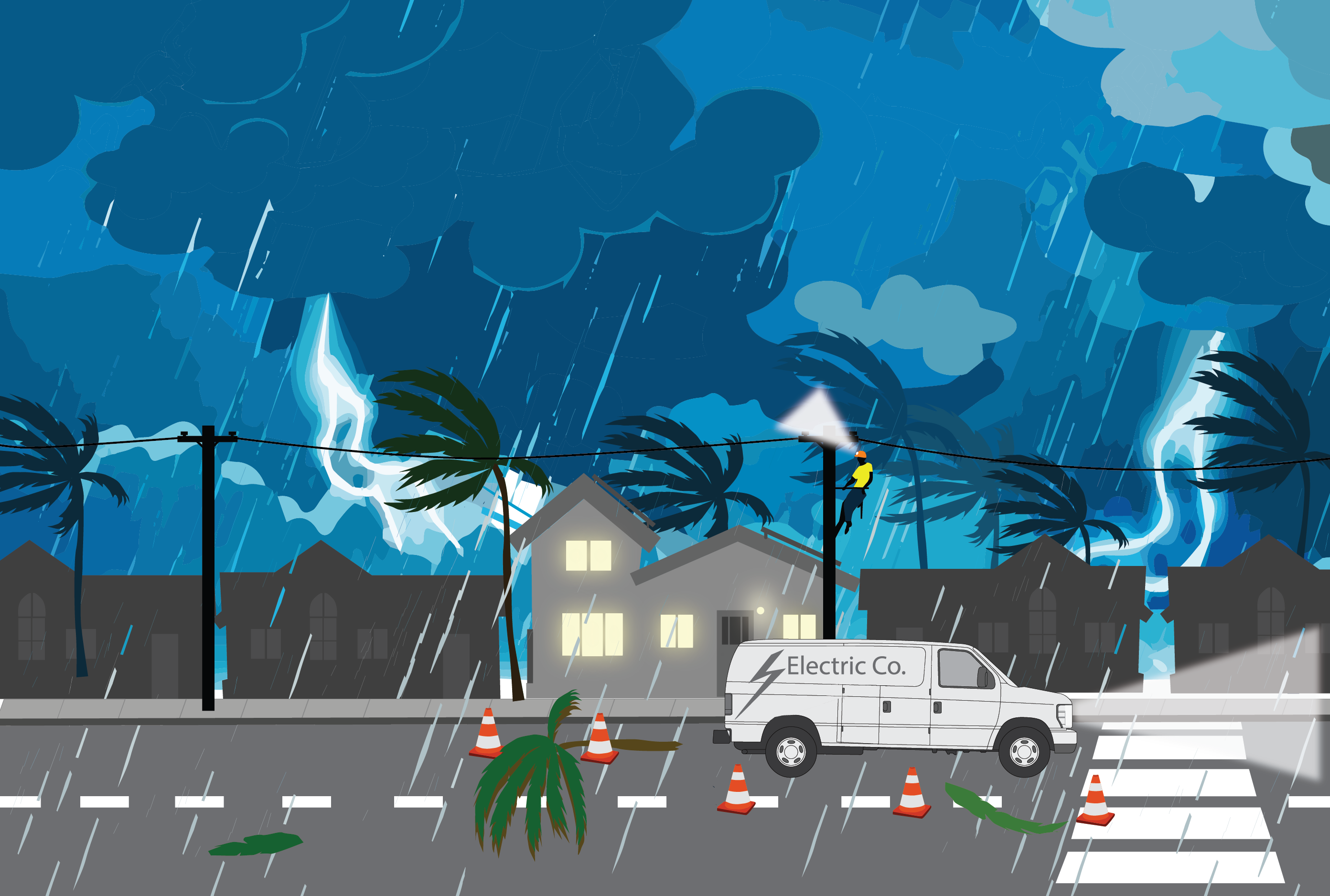For the past five decades, Oahu has managed to narrowly escape the full wrath of numerous hurricanes, earning a reputation for near-miraculous luck. While the island has had its fair share of close calls, the last hurricane to cause significant damage to Oahu was Hurricane Iwa in 1982. Despite these close shaves, the general population’s stance on hurricanes remains surprisingly subdued, often veering into humor and memes. However, hurricanes are nothing to laugh about. It’s not a matter of if, but when Oahu will be hit by a significant storm. In this post, we’ll explore Oahu’s hurricane history, the community’s current attitudes, and why investing in solar energy is a crucial step for safeguarding your home and family.
The Most Recent and Damaging Hurricanes in Hawaii
In the past few decades, three hurricanes stand out for their significant impact on the Hawaiian Islands:
Hurricane Iniki (1992): Iniki is the most powerful hurricane to hit Hawaii in recorded history. Striking Kauai as a Category 4 storm, it caused extensive damage with winds of 145 mph. The hurricane destroyed over 1,400 homes, damaged 5,000 others, and left the island’s infrastructure in ruins. The estimated damage was around $3 billion.
Hurricane Lane (2018): Lane was a Category 5 hurricane that brought catastrophic rainfall and flooding to the Big Island, even though it did not make direct landfall. Lane dropped more than 50 inches of rain, causing landslides, road closures, and significant flood damage to homes and businesses.
Hurricane Iselle (2014): Iselle struck the Big Island as a tropical storm, making it the strongest tropical cyclone to hit the island in recorded history. It caused widespread power outages, downed trees, and severe agricultural damage, particularly to the papaya industry.
Hurricane Iwa (1982): Hurricane Iwa, taken from the Hawaiian language name for the frigatebird (ʻiwa, lit. “Thief”), was at the time the costliest hurricane to affect the state of Hawaiʻi. Iwa was the twenty-third tropical storm and the twelfth and final hurricane of the 1982 Pacific hurricane season. It developed from an active trough of low pressure near the equator on November 19. The storm moved erratically northward until becoming a hurricane on November 23 when it began accelerating to the northeast in response to strong upper-level flow from the north. Iwa passed within 25 miles of the island of Kauaʻi with peak winds of 90 mph (140 km/h) on November 23 (November 24 Coordinated Universal Time), and the next day it became extratropical to the northeast of the state.
These hurricanes underscore the potential for devastating impacts on Hawaii and highlight the importance of preparedness.
Here’s a list of hurricanes that have passed within 400 miles of the Hawaiian Islands over the past 50 years, in chronological order:
| Years | Hurricanes |
| 1982 | Hurricane Iwa |
| 1986 | Hurricane Estelle |
| 1992 | Hurricane Iniki |
| 1993 | Hurricanes: Fernanda & Eugene |
| 1994 | Hurricane John |
| 2000 | Hurricane Daniel |
| 2007 | Hurricane Flossie |
| 2009 | Hurricanes: Felicia, Neki |
| 2010 | Hurricane Celia |
| 2014 | Hurricanes: Julio, Iselle |
| 2015 | Hurricanes: Kilo, Hilda & Guillermo |
| 2016 | Hurricanes: Lester, Madeline & Darby |
| 2018 | Hurricanes: Norman, Olivia, Hector & Walaka |
| 2019 | Hurricane Erick |
| 2020 | Hurricane Douglas |
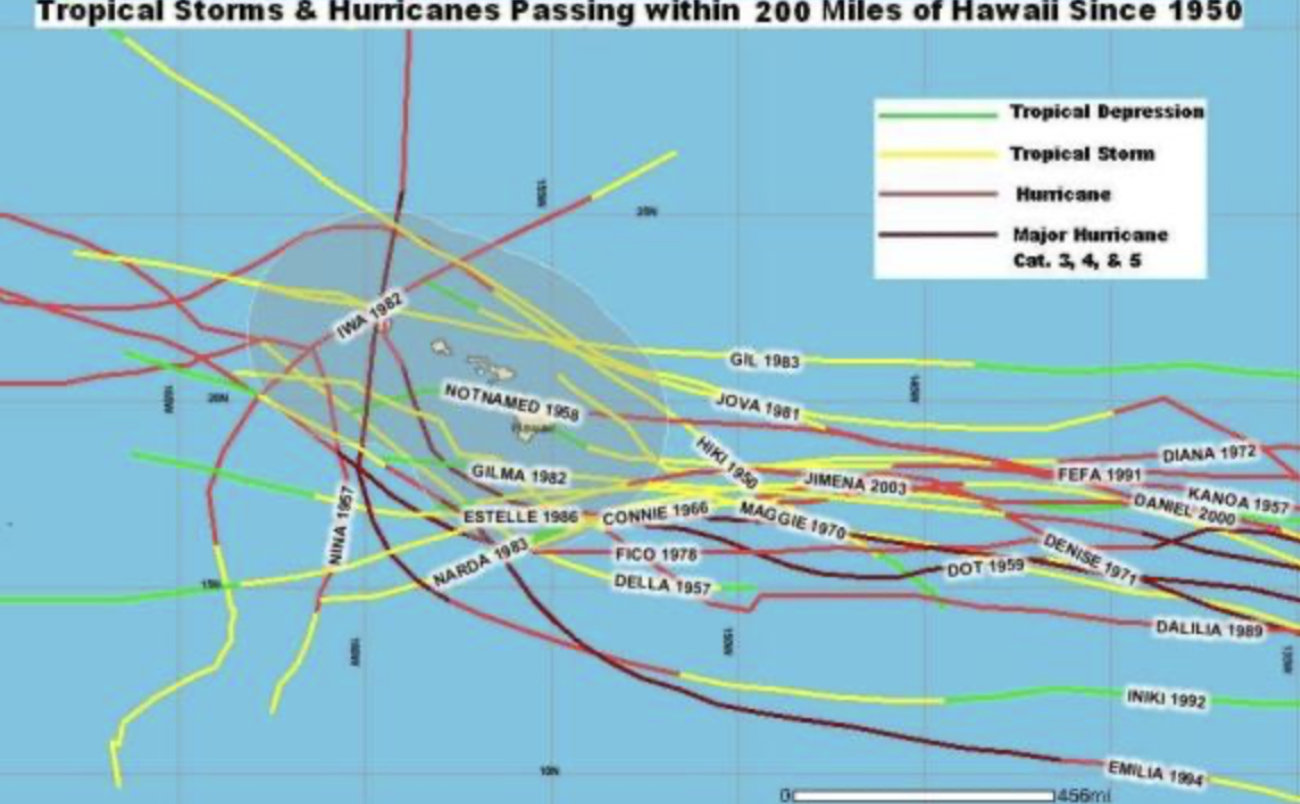
The Subdued Stance and Hurricane Humor
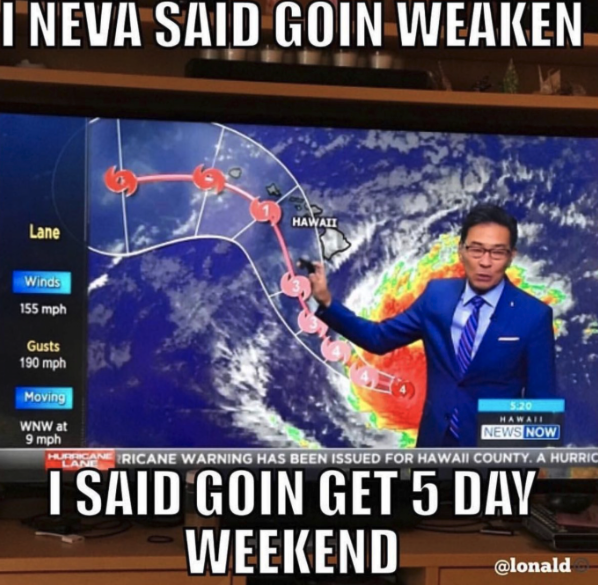
It’s not uncommon to see memes and jokes circulating among Oahu’s residents whenever a hurricane threat looms. Images of lawn chairs blown into pools with captions like “We will rebuild” epitomize the laid-back attitude many have towards these natural threats. While humor can be a coping mechanism, this nonchalant attitude can be dangerous. The complacency undermines the very real threat hurricanes pose to life, property, and infrastructure.
The Real Threat and Potential Disruption
When Oahu eventually faces a direct hit from a major hurricane, the disruption to daily life could be severe and prolonged. Using Puerto Rico’s experience with Hurricane Maria in 2017 as an example, we can better understand the potential impact.
Power Outages: In Puerto Rico, Hurricane Maria caused the longest blackout in U.S. history, with some areas remaining without power for nearly a year. If a similar event occurred in Oahu, residents could face weeks or even months without electricity. This would disrupt everything from household routines to essential services like hospitals and emergency response.
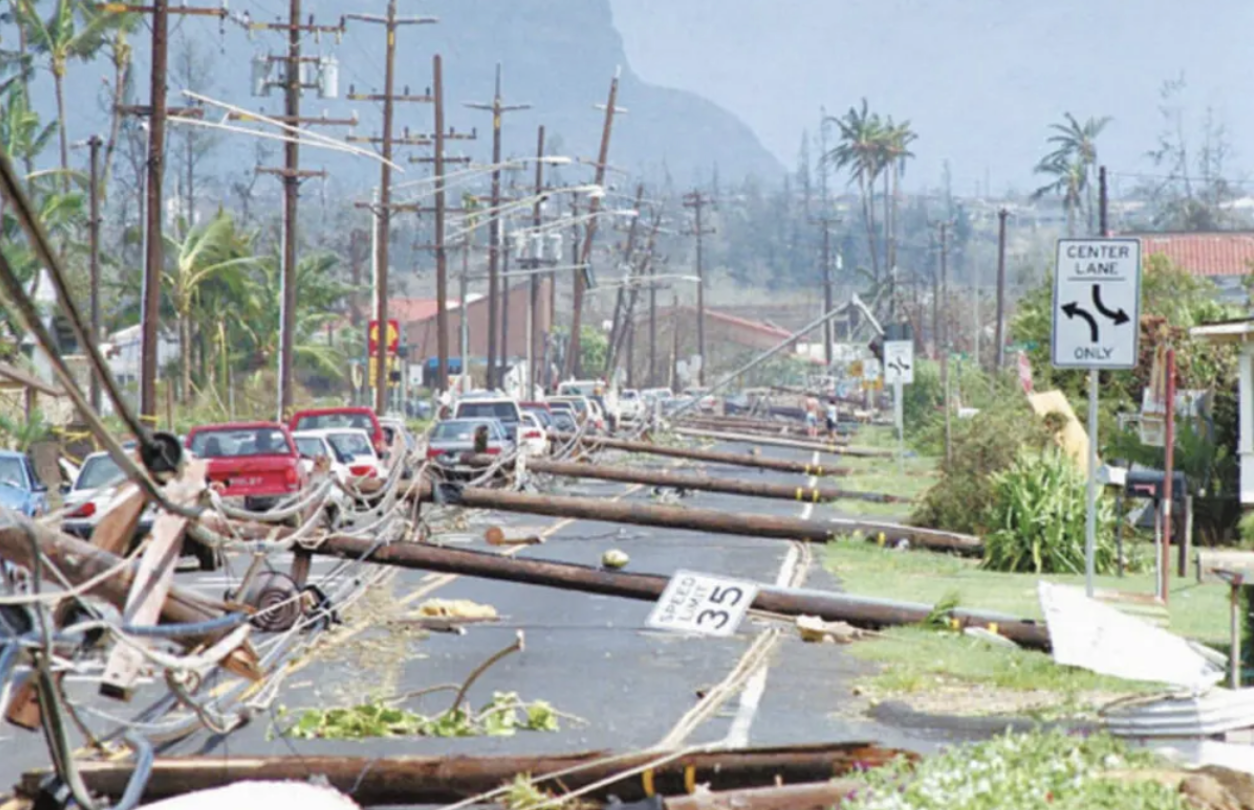
Hurricane Iniki ’92
Water Supply Issues: Damage to water infrastructure could lead to shortages and contamination. Puerto Rico saw widespread issues with clean water access, forcing residents to rely on bottled water and makeshift solutions. Oahu could face similar challenges, impacting daily hygiene, cooking, and drinking water needs.
Communication Breakdown: Maria wiped out telecommunications across Puerto Rico, isolating communities and complicating rescue and relief efforts. Oahu’s reliance on cell towers and internet services could lead to a similar breakdown, leaving families unable to contact loved ones or access critical information.
Infrastructure Damage: Roads, bridges, and buildings in Puerto Rico were extensively damaged, slowing recovery and access to aid. Oahu’s infrastructure could suffer similarly, with blocked roads and damaged bridges hampering movement and logistics.
Economic Impact: Puerto Rico’s economy, heavily reliant on tourism, agriculture, and manufacturing, suffered immensely. Oahu’s economy, which also depends heavily on tourism, would be similarly affected. Hotels, restaurants, and attractions could close indefinitely, leading to job losses and financial hardship for many residents.
Vulnerability of Oahu’s Infrastructure
Lush Vegetation and Utility Lines: Hawaii’s lush vegetation is both a blessing and a curse. The lack of proper tree trimming around utility lines increases the risk of widespread power outages during a storm. Falling trees and branches can easily take down power lines, causing prolonged blackouts.
Single-Wall Construction Homes: Many homes on Oahu, especially those built in the early 1900s, have single-wall construction, making them particularly vulnerable to hurricane-force winds and flooding. These older homes are less likely to withstand severe weather, leading to significant property damage and displacement of residents.
Isolated Utility Infrastructure: Unlike mainland states like Florida, which can call on thousands of workers and equipment from neighboring states to help restore power, Oahu is isolated. The island must rely solely on its local workforce and resources to repair and restore utilities. This isolation can significantly delay recovery efforts, leaving residents without essential services for extended periods.
The timeline for returning to normalcy could stretch from weeks to months, depending on the severity of the storm and the effectiveness of the response efforts. Preparedness is key to mitigating these impacts, and one of the best ways to prepare is by investing in solar energy.
Existing Methods of Preparation
Many residents on Oahu use backup generators or small portable generators as a common method of preparation for power outages. While these can provide temporary relief, they come with significant drawbacks. Generators require fuel, and in the event of a major hurricane, Oahu would likely face massive fuel shortages. The island’s limited supply and the difficulty in transporting additional fuel during a crisis mean that relying solely on generators is not a sustainable solution. Furthermore, storing large quantities of fuel poses safety risks and logistical challenges.
Investing in Solar: A Smart Move for Hurricane Preparedness
Solar energy offers a robust solution for maintaining power during and after a hurricane.
Here’s why:
Energy Independence: Solar panels paired with battery storage systems can provide a reliable source of power even when the grid is down. This means that homes equipped with solar energy can continue to function, powering essential devices and systems.
Resilience: Solar systems are designed to withstand harsh weather conditions, ensuring you have power for essential needs even during a storm.
Environmental Benefits: Reducing reliance on fossil fuels helps mitigate climate change, which is linked to the increasing intensity of hurricanes.
By investing in solar, you’re not only protecting your family and home but also contributing to a more resilient and sustainable future for Oahu. It’s a proactive step that pays dividends in peace of mind and preparedness.
RevoluSun: With the most experience on Oahu in solar + storage, RevoluSun’s team is ready to talk with you about adding a battery to your existing system. This can be the right choice for your home, ensuring you have reliable power during and after a storm. Our expertise and dedication to the community make us the ideal partner in your journey towards energy independence and resilience.
Oahu’s history of near-misses with hurricanes should not lull us into a false sense of security. The island’s relaxed attitude towards hurricane threats, while humorous, belies the serious danger posed by these storms. Preparation is critical, and investing in solar energy is one of the best ways to ensure your home remains a safe haven during and after a hurricane. Remember, it’s not a matter of if, but when Oahu will face a major storm. Let’s be ready.
Stay safe, stay prepared, and let’s harness the power of the sun to weather any storm.
